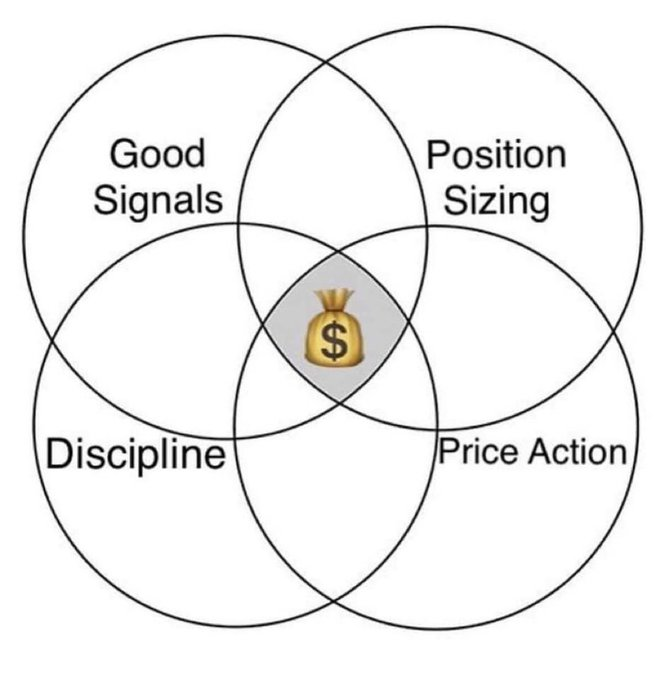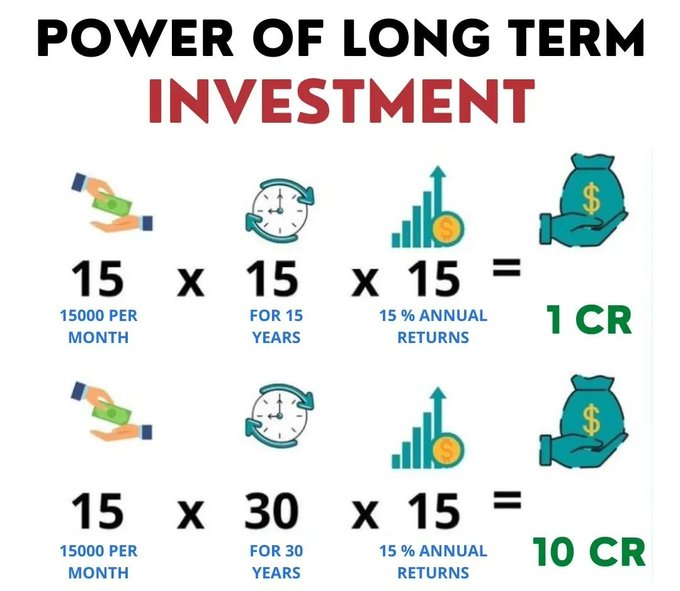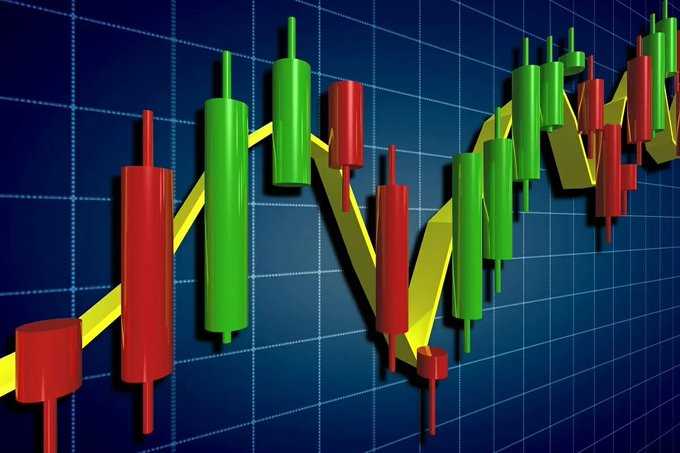
Are you a good stock market trader?
Become better & improve yourself
😎💡📈📊💰 #Thread with @Stocktwit_IN
#trading #learning #StockMarket
Become better & improve yourself
😎💡📈📊💰 #Thread with @Stocktwit_IN
#trading #learning #StockMarket

How single #Candle patterns are working to generate Highly profitable signals in trading?
Learn Here 👇👇
Learn Here 👇👇

Learn from #WarrenBuffett simply
@rattibha
@threadreaderapp
@UnrollHelper
@SaveToNotion

@rattibha
@threadreaderapp
@UnrollHelper
@SaveToNotion


• • •
Missing some Tweet in this thread? You can try to
force a refresh





















